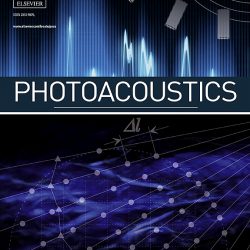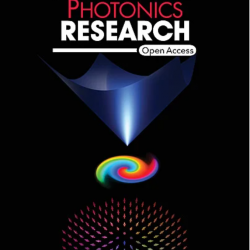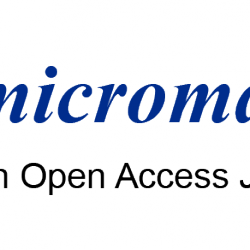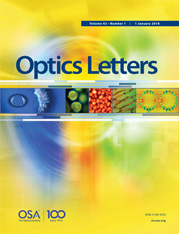New Publication on Photoacoustics Journal
The PolySense team has just published a new article on Photoacoustics Journal Elsevier (IF 7.9) reporting on a quartz enhanced photoacoustic spectroscopy (QEPAS) gas sensor designed for monitoring of ammonia (NH3) at ppb-level concentrations. The sensor is based on a novel custom quartz tuning fork (QTF) with a mid-infrared quantum cascade laser emitting at 9.55 Leggi di piùNew Publication on Photoacoustics Journal[…]




